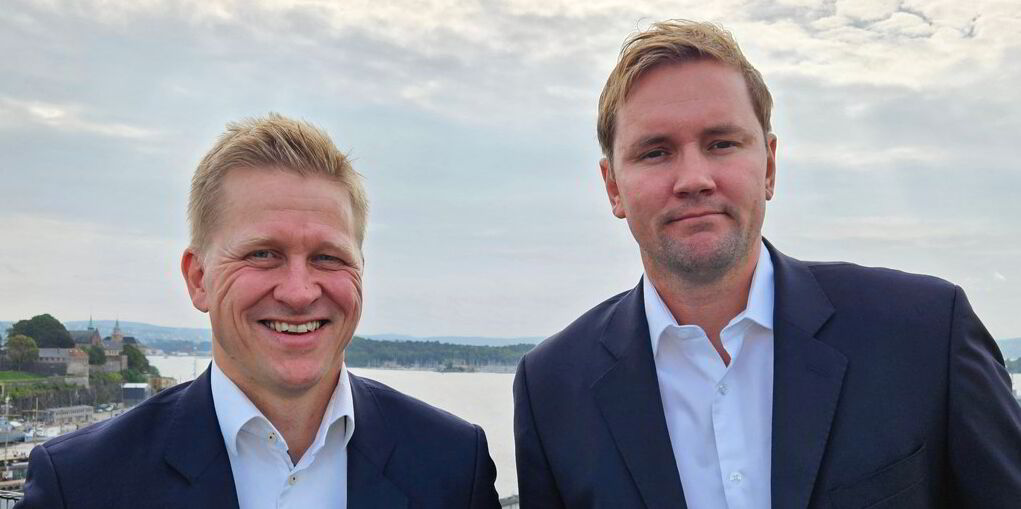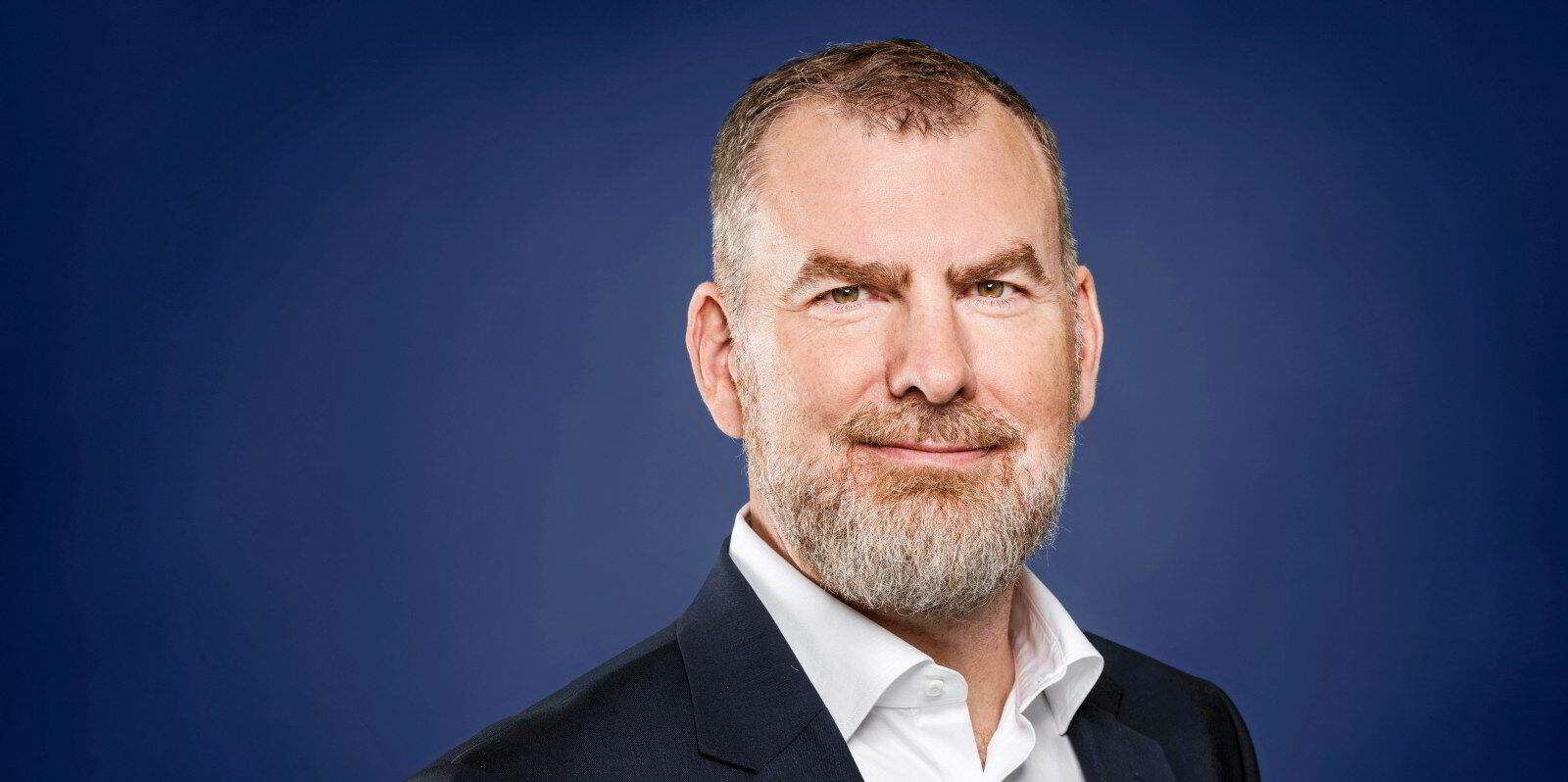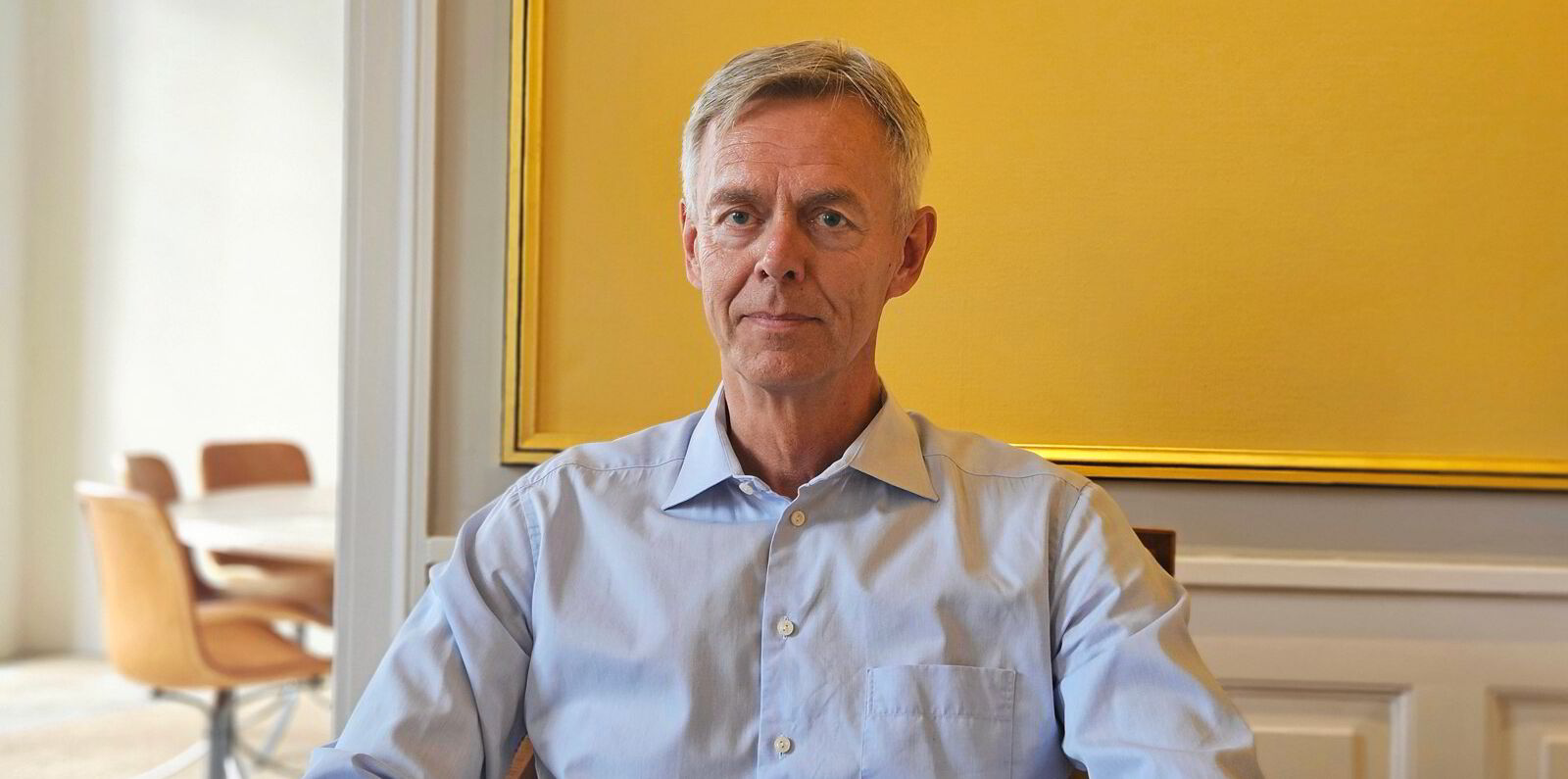The project finance market may be subdued, according to Norwegian shipping lender Pareto Bank, but that could all change if there is a turnaround in the Red Sea conflict.
Pareto’s head of shipping and offshore Morten Kvalshaugen said: “In the asset-play market, you need changes to drive transactions. If the earnings and prices are flat there will normally be low activity, as values tend to be synchronised with earnings expectations.”
High prices have also put many shipping project investors in a waiting mode, he added.
“The prices in the tanker market are very high. You need very good earnings over a longer period to defend the investment costs right now,” Kvalshaugen said in an interview at Pareto’s office in Oslo.
Dry bulk vessels are also fairly high priced compared with current earnings potential, according to Kvalshaugen.
“And the container market is difficult to evaluate because of the Red Sea situation. The values have seen a significant uplift lately and it is priced in that there will be a period of high earnings in the short term.
“The day the Red Sea situation turns around it will be demanding. Then the attention in the market will probably shift to large supply growth and newbuildings coming,” Kvalshaugen said.
“When financing investment projects, we are very conscious about the management’s competence and track record within the sectors and that there is an owner committed to the project.”
Kvalshaugen leads the shipping team at Pareto Bank, which includes senior vice president Petter Flo-Bakke and vice president Julie Jacobsen.
Kvalshaugen started at the bank in 2018. He was previously an investment director at Klaveness Marine.
Pareto is a niche lender focused on real estate, shipping and offshore and corporate financing. In shipping, it typically finances investment projects arranged by reputable project houses in Norway.
The small size of the bank and the shipping team makes it able to respond quickly to requests for loan commitments, according to Flo-Bakke.
“There is tough competition within shipping banking right now. There is more debt capital available than there is capital need. The shipowners have generally healthy balances and low need for loans compared with other times in the cycle,” Kvalshaugen said.
While the shipping sector has been fairly quiet, the offshore loan book has increased significantly in the past years.
The bank’s total shipping and offshore loan portfolio amounted to NOK 1.81bn ($170m) at the end of June compared with NOK 1.38bn at the end of 2023.
Loans to offshore subsea was the largest segment at NOK 490m and the second largest was offshore accommodation at NOK 267m.
Kvalshaugen expects the bank will give more offshore loans in the next year or two.
“We are most competitive in offshore at the moment. There is a need for offshore loans after a long downturn.
“And many foreign banks have exited or reduced their portfolios within this sector. The market outlook is strong, both with respect to higher rates and longer contract duration,” he said.
“We are now high in the cycle in most shipping segments. The biggest downturns in shipping have historically been driven by supply shocks.
“We have a big respect for that. It is a cyclical industry with volatile earnings,” Kvalshaugen said.





